Gone are the days when you could simply prop up an online store, get wholesale products from China, and run cheap Facebook ads to acquire customers profitably. Ecommerce has grown into a mature, massive industry with sophisticated players and brands all trying to maximize their bottom line.
In fact, global ecommerce revenue is projected to be $6.3 trillion in 2024. For more statistics on how quickly ecommerce is growing, check out our list of over 120 data points. With more money and opportunity, of course, comes more competition.
To help you make more money online, we put together this guide on different ecommerce sales strategies. These tactics, channels, and tools will help you grow traffic and revenue in a way that’s efficient and makes sense today — not five years ago. And if you’re looking for ideas on how to start an online business, Whop has thousands of products available to assist you in your ventures.
First, let’s define what an ecommerce sales strategy is, explore common terms, and outline what a good strategy looks like.
What is an Ecommerce Sales Strategy?
An ecommerce sales strategy is how you find customers, educate them, and ultimately, convince them to buy your product. It’s what fuels your business.
Sales strategies can be holistic initiatives or one simple channel (traffic source) that gets more people to your storefront. At a high level, they’re a part of the “sales funnel” (more on this below): Moving potential customers from the “top of the funnel,” where they’re unfamiliar with your brand, to the “bottom of the funnel,” where they become paying customers and brand loyalists.
Common Ecommerce Sales Strategy Terms
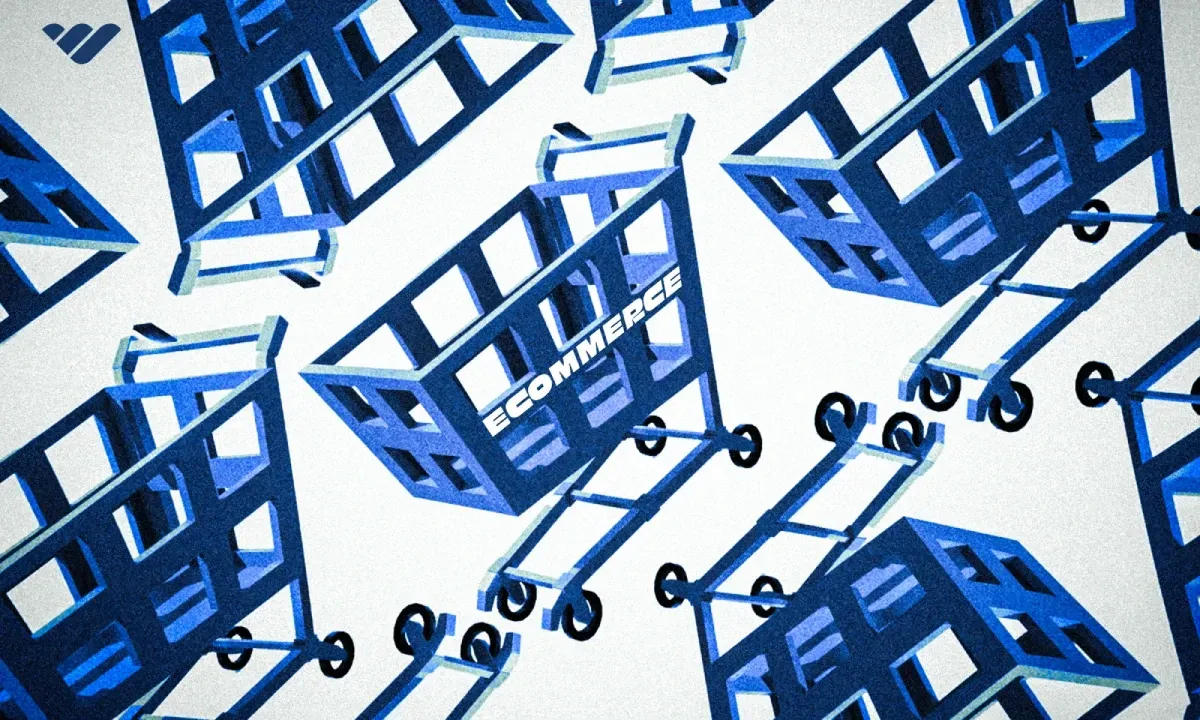
Here are a few terms we’ll be discussing.
Sales Funnel
A sales funnel is the journey that someone takes from the awareness stage, where they don’t know your brand, to the interest stage, where they do know your brand and are considering buying from you, through to the action stage, where they actually make a purchase.
Ultimately, sales funnels end in the loyalty stage where they buy from you again and tell others about your brand.
Organic Marketing
Organic marketing is gaining traffic (potential customers) through means that don’t cost money. Another word for this could be “earned media.” Think public relations like news stories or influencers talking about your brand. While it may require an investment in time or hiring an agency, the actual traffic doesn’t cost anything.
Paid Marketing
Paid marketing is getting traffic through avenues that do cost something. Mainly this takes the form of ads like Google Search Ads, Facebook Ads, or TikTok Ads. They require spending money through a platform where other advertisers are also bidding on ad slots. With paid marketing, there is the opportunity for massive scale. Think of it like pouring gas on a fire — you’re amplifying what you can do with organic marketing.
Cost per Mille
Cost per mille (CPM) is the amount that you pay per one thousand impressions of an ad. CPM is an important metric for any ad campaign because it tells you how much you have to spend to get views. Here’s how you calculate your CPM:
Cost per Click
Cost per click (CPC) is the amount that you pay for one click. CPC and CPM work together to help you understand how effective your ads are in getting someone to take an action, in this case clicking. It’s measured by this formula:
Ad Creative
Ad creatives are the static images or videos used as ads. They can look like any social media post you share with your friends, or can be more promotional with text and diagrams. Especially with visual platforms like Facebook, engaging ad creative is crucial in getting people to click on your ad. One popular form of ad creative is user-generated content (UGC); this type of content looks like an entertaining video, but is also selling your product through storytelling.
Landing Page
Landing pages are the sites that you send your traffic to after they’ve clicked on your ad. Any webpage can be considered a landing page and they can take the form of your main homepage, product description pages, or long-form sales letter that looks like a blog post. Their goal is to educate the customer and encourage them to purchase. Landing pages are especially important if you’re selling a higher-priced product because the customer typically needs to understand how the product works and its benefits before making the purchase, so landing pages give you the opportunity to answer all their questions.
Customer Acquisition Cost
Customer acquisition cost (CAC) is the amount that you spend to acquire a customer. Of course, a lower CAC is better because it means your more profitable. With organic marketing, CAC will be lower, as you’re not spending money on ads, but growth will be slower and the scale won’t be as high. With paid marketing, CAC will be higher, but you have the ability to increase your ad spend to drive more revenue.
What Makes a Good Ecommerce Sales Strategy?
Understanding your overall goal is the first step in creating a good ecommerce sales strategy. Are you simply trying to tell more people about your brand? Are you trying to get more email subscribers? Are you trying to get more purchases?
Knowing the intent of your strategy will help you craft a powerful one. Keep in mind these factors.
Time Investment
Your time is valuable. Especially when you’re just starting out, you need to understand which priorities are important and which should demand your attention, versus activities that won’t move the needle for your business. The best sales strategies aren’t necessarily ones that use the least amount of time, but those that generate the best results on the time that you invest.
Financial Investment
If you’re not spending your own time, then you’ll have to spend your own money. Whether it’s buying ads or hiring an employee or agency, everything has a price. Make sure that your strategy fits within your budget and that you have enough capital to give it a quality, comprehensive test. There’s no sense in starting something, whether an ad or PR campaign, just to stop it after a few days or weeks — give yourself enough runway to make mistakes and really judge whether or not your strategy is viable in the future.
Revenue
The ultimate goal of any sales strategy is to drive more revenue. While it may not be immediate, increasing sales should be the biggest measure of how effective your strategy is. Some strategies like organic PR take longer to drive sales, while others like social media ads can work immediately. Take into account how much revenue your marketing efforts are creating.
Reach & Awareness
If you’re not trying to drive revenue immediately, then building brand recognition can be another powerful way to increase sales in the long run. Increasing how many people you’re getting in front of or how familiar people are with your brand can also be good metrics for judging how good a sales strategy is.
The 11 Best Ecommerce Sales Strategies in 2024
These strategies will help your business thrive this year.
1. Online Marketplaces
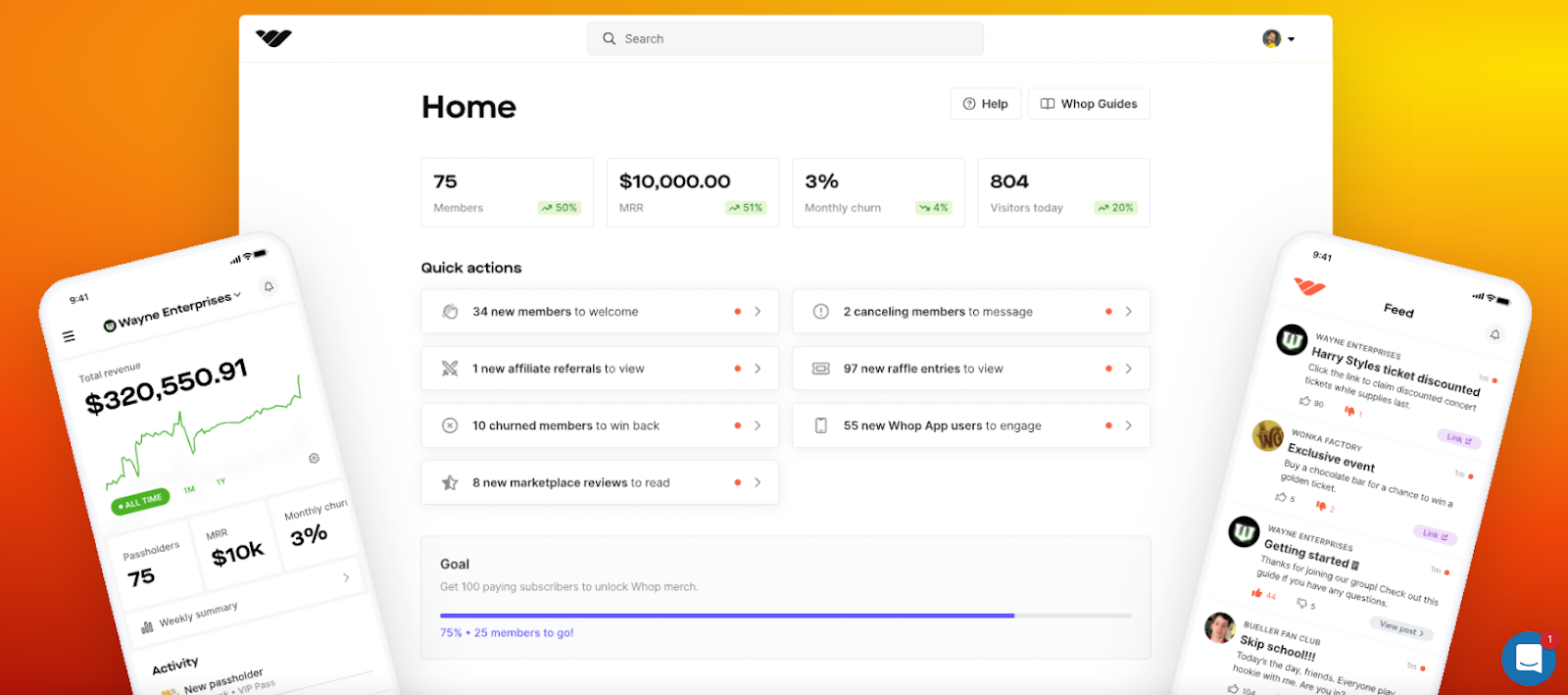
Online marketplaces are sites that already have people who are interested in your product, so the barrier to entry and acquisition costs are lower than anywhere else. At Whop, people have already purchased almost $300 million worth of products and sellers enjoy low transaction fees of just 3%.
With Whop, you can sell anything from software to access to private communities to courses. We have 24/7/365 support to make sure that you’re business is profitable and growing.
2. Meta Ads
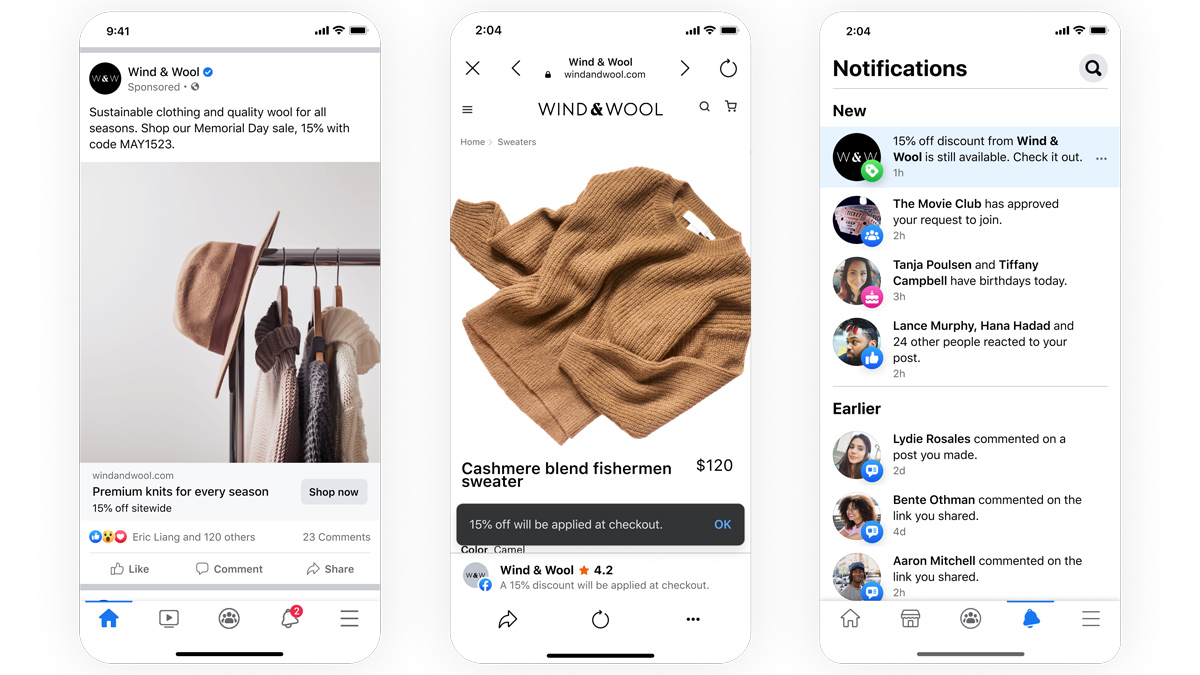
Meta (formerly known as Facebook) Ads are one of the main strategies to launch and grow an ecommerce business. Meta is composed of many different companies, but its main social networks are Facebook, Instagram, and WhatsApp.
Facebook has over three billion monthly active users, so it’s the best place to market to people from different countries, who have different interests, and who come from different walks of life. It also has users at every income level, so if you’re selling anything from value basics to luxury items, your customer is on Facebook.
Meta Ads let you include ad creative like still images or videos, descriptions, and links to your website. You can target people by age, gender, interest, and more, and the Facebook algorithm will optimize your campaign for your goal (sales, app downloads, etc.) and optimize your campaigns to serve your ads to the people most likely to buy.
At Whop, we have plenty of resources that help you learn how to run Meta Ads.
3. Google Ads

Google Ads are a form of paid marketing through Google’s networks. These include Search Ads that appear at the top of the search results, Shopping Ads that are designed to get people to buy, Display Ads that can reach people through different websites and apps, and more. Similar to Meta, Google reaches billions of people, so the possibilities are endless. With placements like text-based Search Ads, you also don’t need to have ad creatives, so getting up and running can be much quicker.
4. TikTok Ads
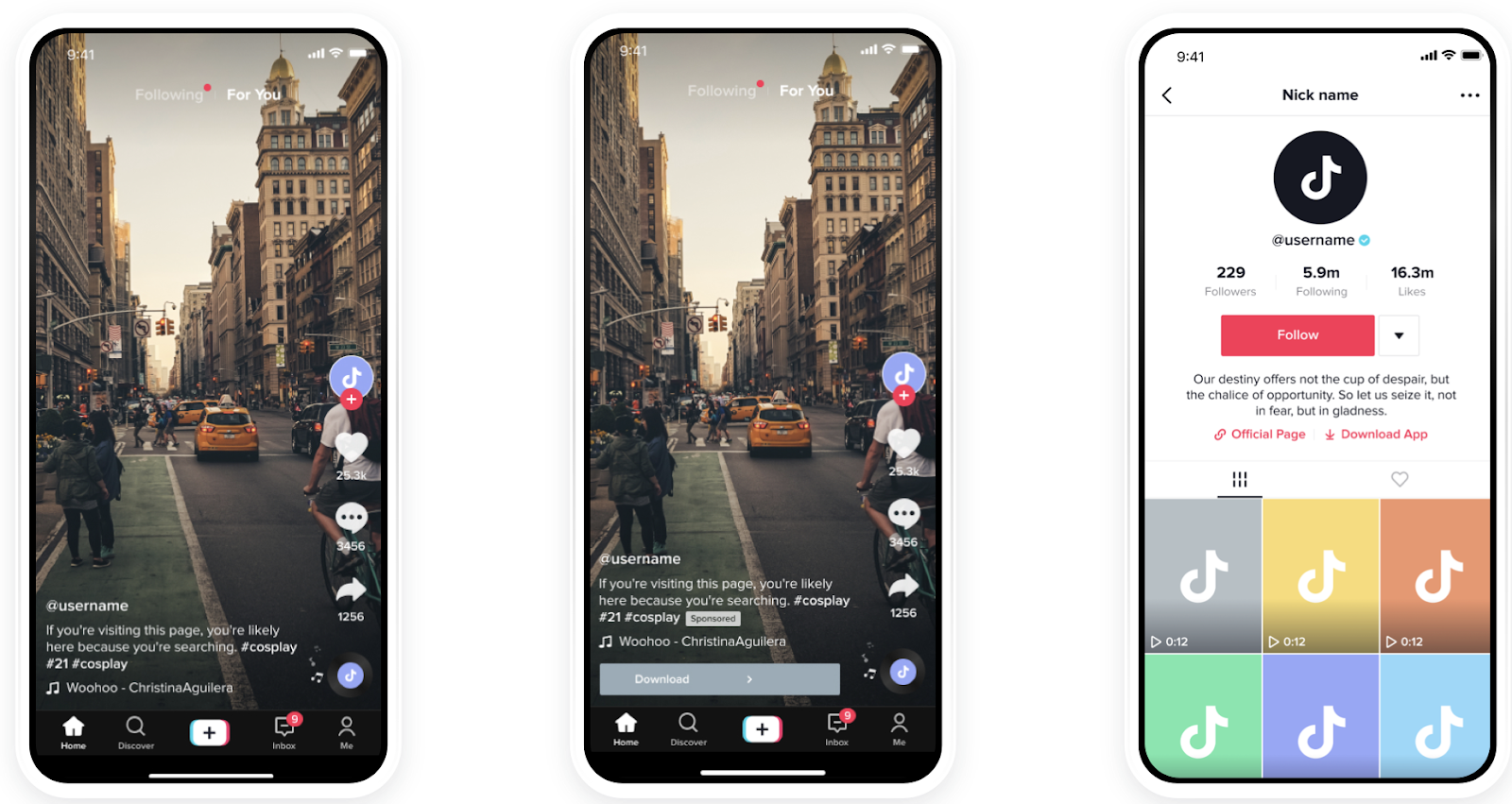
Although less mature than Google and Facebook, TikTok is a rapidly growing platform, especially among Gen Z. Similar to Facebook and Instagram, ads bought on TikTok appear organically as a user is scrolling through their feed. This gives you the opportunity to make entertaining videos and storylines that get people to click. TikTok ads are great for brands that have a younger customer base.
Check out the Print Money W TikTok community on Whop.
5. Affiliate Marketing

Affiliate marketing is simply word-of-mouth marketing. It’s when someone that’s not you, the brand, promotes your product for you and receives a commission in exchange for their efforts. Affiliate marketing is great because it gives you the ability to reach audiences outside of who you typically target. This strategy can take many different forms, but is most often seen in blogs or from content creators. It reduces your time and capital investment because your not creating the content, but rather the affiliates are the ones promoting your product.
Affiliate marketing is most effective when the brand and product fits the lifestyle of the affiliate and the affiliate is incentivized to work with you. For example, a supplement company would have the best results when working with a fitness influencer, versus an affiliate like a travel blogger or well-known photographer.
As a seller on Whop you can create your own affiliate program for your business.
6. Influencer Marketing

Similar to affiliate marketing, influencer marketing is partnering with content creators to promote your products. Sometimes, but not always, influencers can receive a special link or discount code to give their audience in exchange for compensation on sales-driven.
Influencer marketing is effective because influencers are great at what they do — being in front of the camera! They know how to speak to their audience in a way that resonates and makes your brand the center of attention. The best way to attract more influencers is to send them free products and make them dedicated fans of your brand so that they want to create content for you!
7. Search Engine Optimization
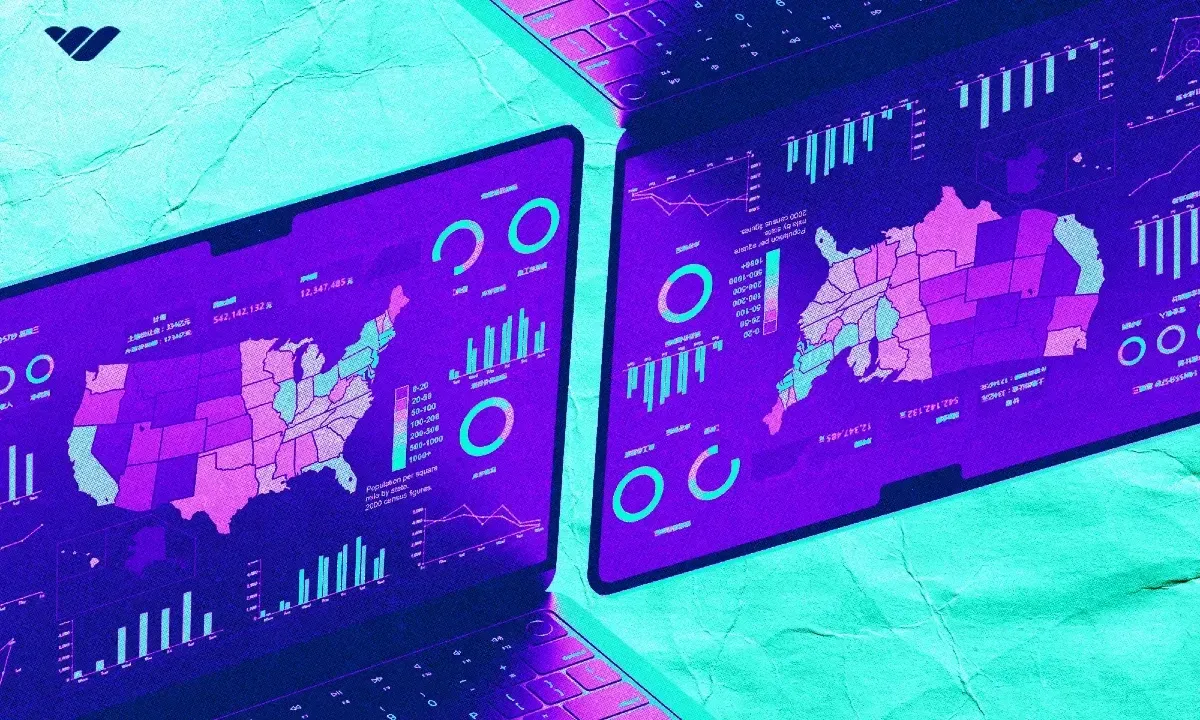
Search engine optimization (SEO) is the process of optimizing your website and creating content to rank in the search engine results pages (SERPs). SEO is effective because it drives traffic to your website organically and you can target keywords that you want to appear for in regions that you are targeting.
For instance, a whey protein brand could create content around working out, health and wellness, and more that will show up on Google when people search for related terms. Then, the user will go to the brand’s website, read their blog post, and eventually make a purchase.
8. Email Marketing

Email marketing is sending emails to your current list of subscribers. For ecommerce brands, you can utilize a popup form and offer visitors a discount in exchange for their email address. If the customer ends up leaving the site you can set up “flows” to get them to come back and make a purchase.
Email is targeted, personal, and direct to the subscriber’s inbox. Aside from the design and platform fees (typically a few cents per email sent), email marketing doesn’t really have any costs because you’ve already done the hard work to get the person on your list — you may as well help turn them into a customer. Once someone becomes a customer, you can also use email marketing to encourage repeat purchases and subscriptions. We recommend a tool like Mailmodo, as it has a ton of advanced features like segmentation and app integrations, and is extremely cost-effective.
9. SMS Marketing

Similarly to email marketing, SMS marketing is directly communicating with your customers through a channel not reliant on a platform like Facebook or Google. There are fees associated with sending texts, but the messages are text-based and thus, require little to no creative investment. SMS also goes directly to someone’s phone, so the changes that they’ll read it and end up purchasing are higher than if someone were to simply see a Facebook ad for the first time.
10. TikTok Shop
TikTok Shop is TikTok’s native tool for online brands to sell their products directly through the platform, not on the brand’s main website, which leads to a more intuitive shopping experience and easier purchasing. Through Shop, you can stream live videos to your follows, host shoppable video and dedicated store pages, and even display your products on the Shop marketplace.
11. Increasing Average Order Value and Lifetime Value
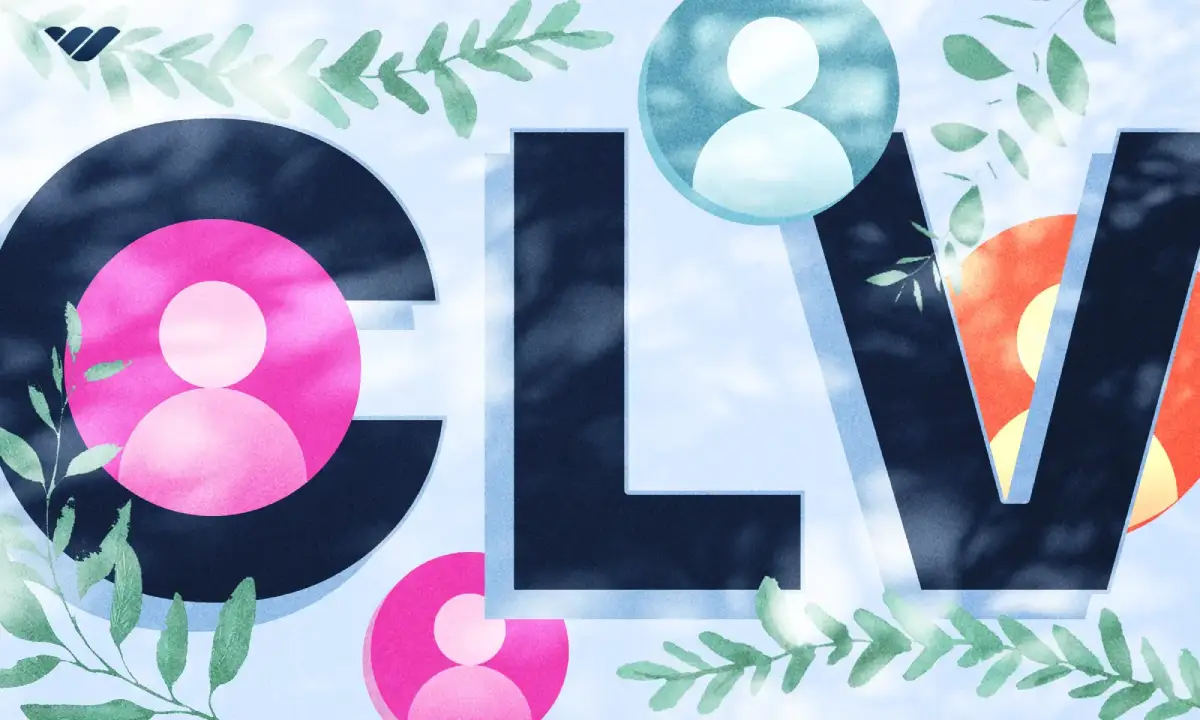
Perhaps the simplest way to increase your overall sales is by increasing how much a customer is spending when they’re already buying from you. Increasing your average order value (AOV) and lifetime value (LTV) through bundling, upselling, additional services, and subscriptions can turn $1 into $2, $5, $10, and more not by getting new customers, but simply by giving current customers more of what they already like. For more on pricing strategies, check out our in-depth blog where you can learn more about different tactics to optimize your prices for more profit.
Grow Your Ecommerce Sales Today
It’s an exciting time to be in ecommerce. Platforms like Whop make it easy to create digital products and support your customers, not to mention finding customers, and different channels like paid advertising and organic marketing allow for steady customer growth.
If you’re looking to start selling online, digital products are a great approach. In just a few hours and with the information you already have, you could start making money. You don’t need to buy inventory or manage shipping. Whop has:
- Beautiful storefronts
- Built-in distribution via the thriving marketplace of buyers
- Integrated email marketing
- Simple dashboards to track performance
- Painless fulfillment (we take care of sending out the downloads and adding or removing subscribers from your groups)
- Subscription management
- 24/7/365 support
So if you're ready to start your ecommerce journey (or grow your existing business) do so with Whop! Whop has everything you need to build and scale your ecommerce empire with ease.





